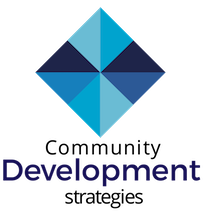This week the Trump administration released its proposed budget for the 2019 fiscal year. The HUD budget proposes an $8.8 billion (18.3%) reduction from the 2017 enacted level. This information is preliminary; Congress is reviewing the budget proposal and there will likely be more discussion and debate.
Below is a list of critical points from the administration’s proposed budget.
General
- Non-disabled persons, receiving HUD assistance, would have to contribute more than 30% of their adjusted income to their housing cost, the higher percentage would be determined on a local basis
- Maintaining FSS program ($75M) and funding levels for lead-based paint mitigation efforts
Reductions/program eliminations
- Elimination of the following programs: CDBG, HOME, Public Housing Capital Fund and Choice Neighborhoods
- $1.7 billion reduction to the Public Housing Operating Fund
- $17.5 billion in Section 8 annual contribution contract renewals ($800 million decrease from 2017 enacted level)
- $110M decrease in HCV administrative fees
- $10 million request for the Jobs Plus Initiative ($5 million decrease from the 2018 Senate recommendation)
- Community Development Financial Institutions (CDFI) Fund grant and direct loan program
Modifications/increases
- $10.866 billion in project-based rental assistance (a $50 million increase from the 2017 enacted level)
- $100M request for the RAD program to cover the incremental subsidy for public housing properties that would otherwise be unable to covert to Section 8 assistance
- Elimination of the RAD unit conversion cap (with a 09/30/20 submission deadline for RAD application)
- Unspecified funding request to evaluate and improve EnVision Centers recently announced by HUD Secretary Ben Carson
- $20 million increase to FHA operations (a new fee would be imposed on FHA lenders)
- $1.8 billion request for veteran’s homelessness programs
- Funding increase for the U.S. Department of Agriculture (USDA) single family housing guaranteed loan program
